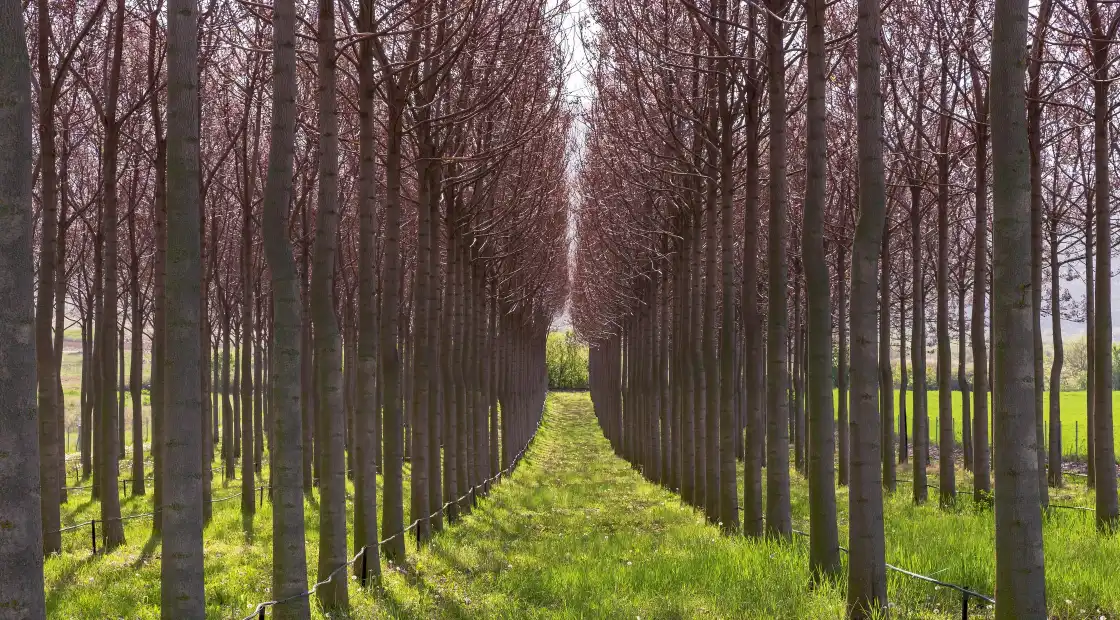New crops at SIVAL: hops, tropical plants and cherries

The opportunities offered by hop co-products
This presentation, presented at SIVAL 2025 by VEGEPOLYS VALLEY, highlighted the as yet untapped potential of co-products from hop growing. The Association Houblon de l'Ouest now brings together eleven growers in Brittany and Pays de la Loire. As hop production is mainly geared towards brewing, the recent downturn in the beer market has necessitated reflection on alternative outlets.
The waste products generated during hop processing, notably the vines and leaves, contain interesting chemical properties. Some of the active elements present, such as Xanthohymol and the phytohormone 8-phenyl-1-genin, reveal medical potential for the treatment of menstrual pain and menopause. What's more, the protein-rich leaves offer prospects for use in animal feed. The essential oils extracted from hops have sedative and analgesic properties, which can be used in medicine or for phytoprotection against certain agricultural pests, such as the Suzuki fly.
Boosting national production of tropical plants
A presentation was also given on the reintroduction of tropical plant production in France. Charlène and Mathieu, founders of a nursery based in Nantes, relayed their experience and commitment to this sector , which has been lost for almost forty years. Faced with almost exclusive dependence on imports, their project aims to re-establish sustainable, less energy-intensive local production.
One of the major levers lies in acclimatizing these plants to low-heat conditions and no artificial light. Thanks to alternative techniques, such as the use of passively heated greenhouses and biological integrated pest management, their nursery is able to produce adapted varieties. Strong demand from the local market, particularly garden centers and florists, supports the relevance of this approach and confirms the potential of this sector in search of development.
Prospects and challenges for the camerise sector
Finally, the cultivation of camerais was discussed as an opportunity for crop diversification. Established in France some ten years ago, this berry, grown in the Vosges region in particular, offers promising agronomic and nutritional benefits. Resistant to temperatures as low as -7°C, its cultivation requires few inputs and can be easily mechanized. However, limited storage and transport means that processing is the main outlet.
Its high antioxidant properties and rich vitamin content make it particularly well-suited to the food and cosmetics sectors. Current local initiatives are exploring different ways of adding value, from juices to jams, and extracts for use in cosmetics and health nutrition.